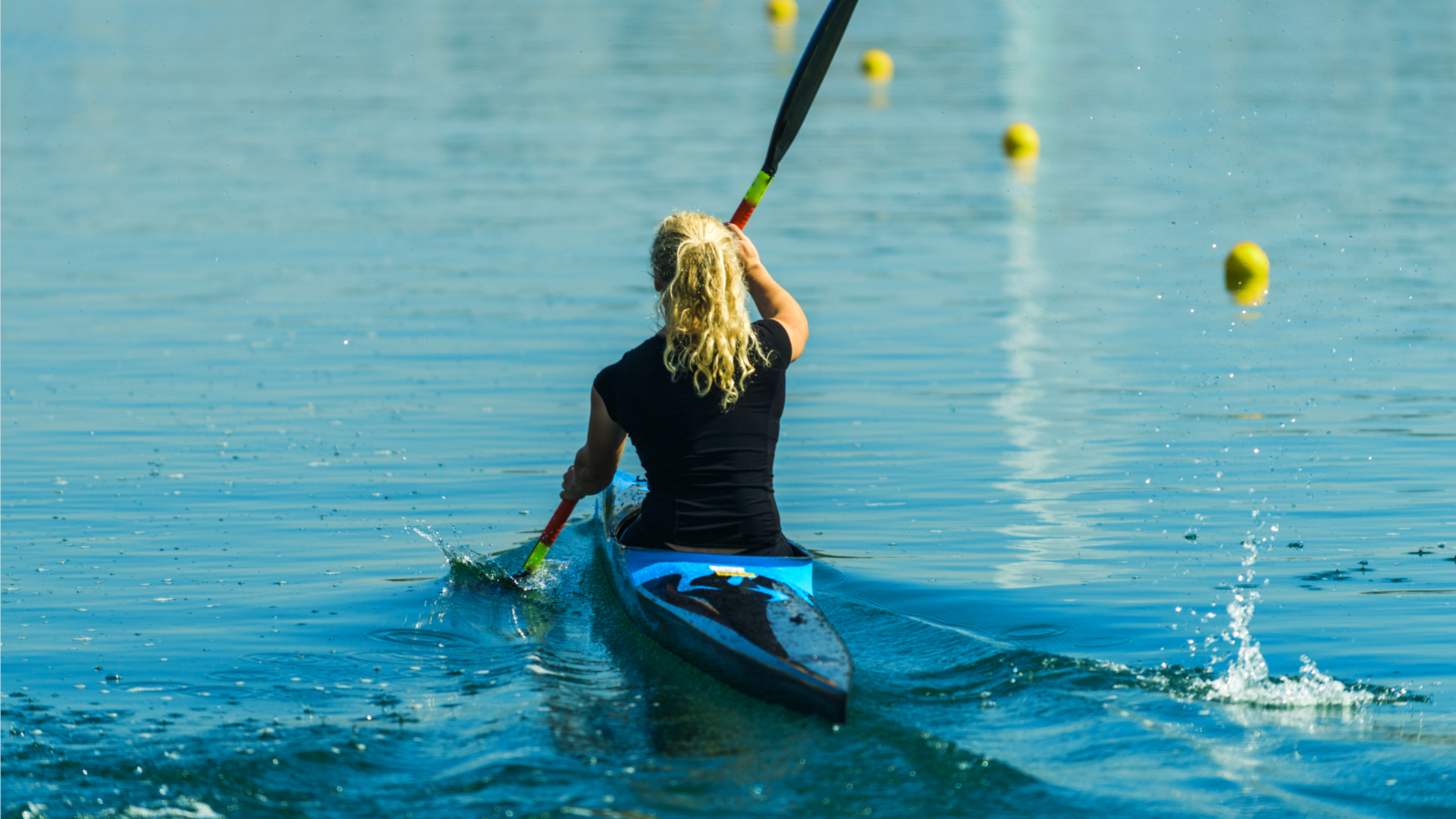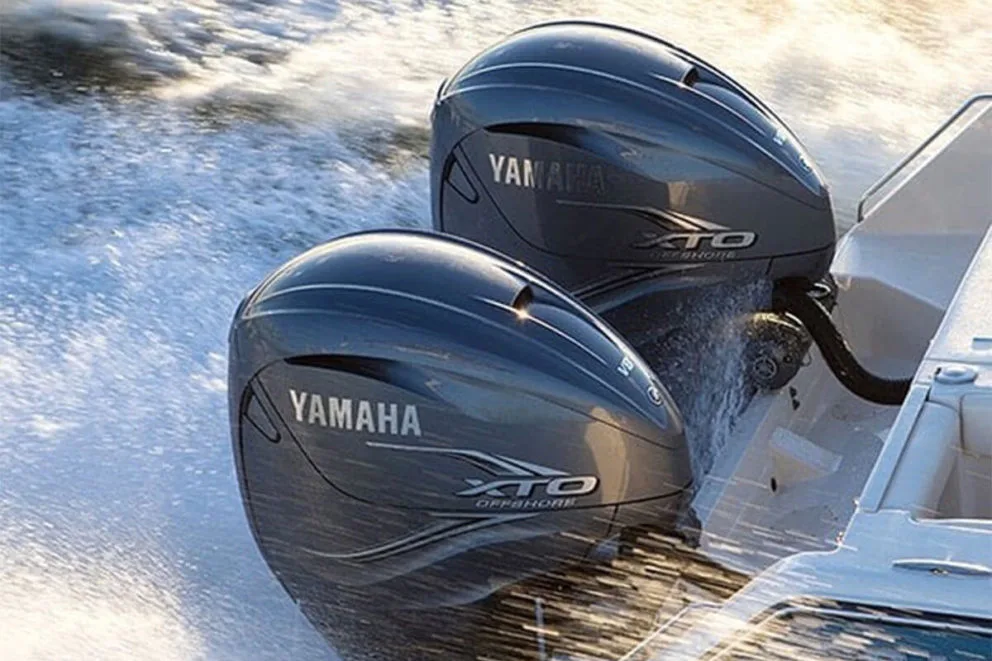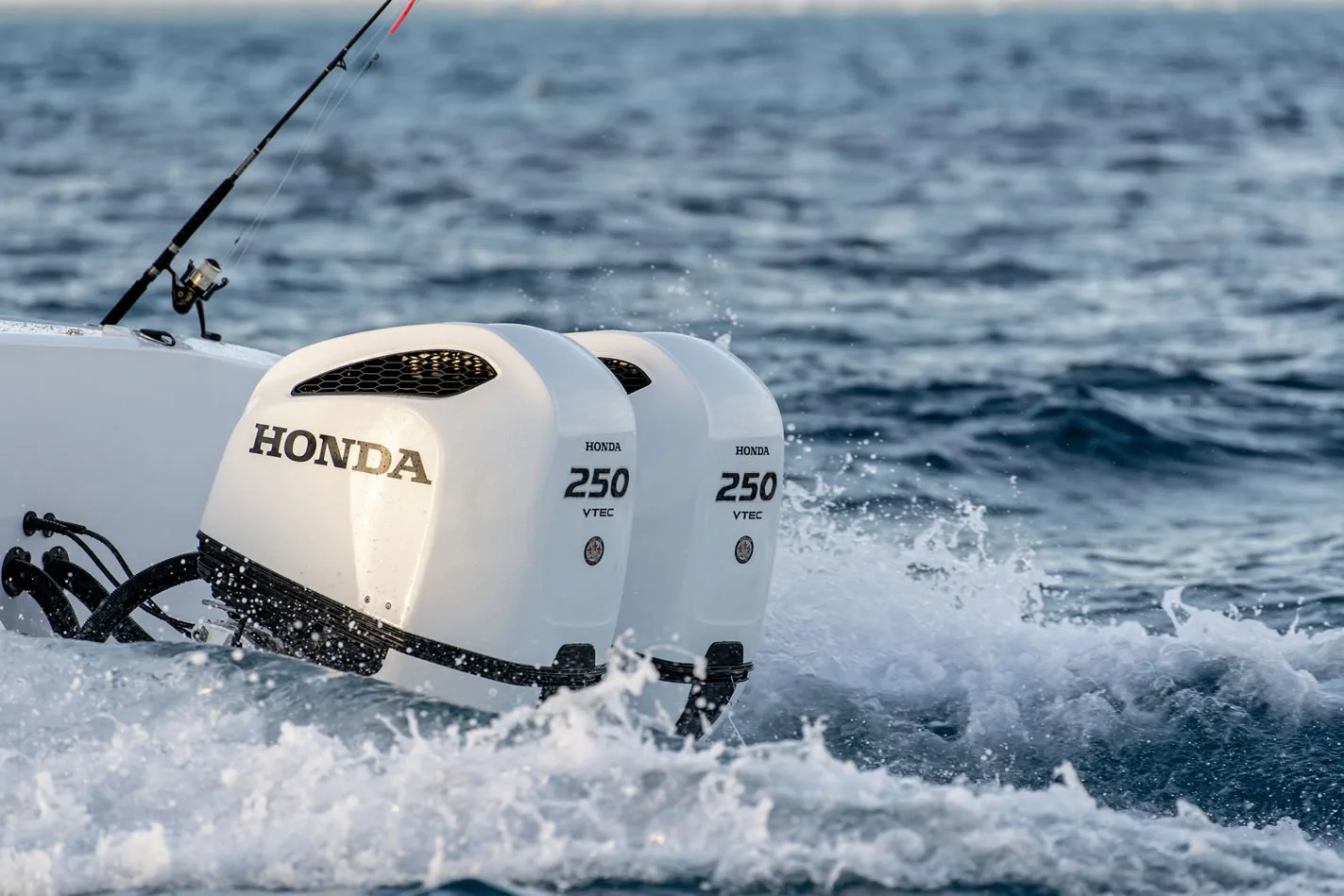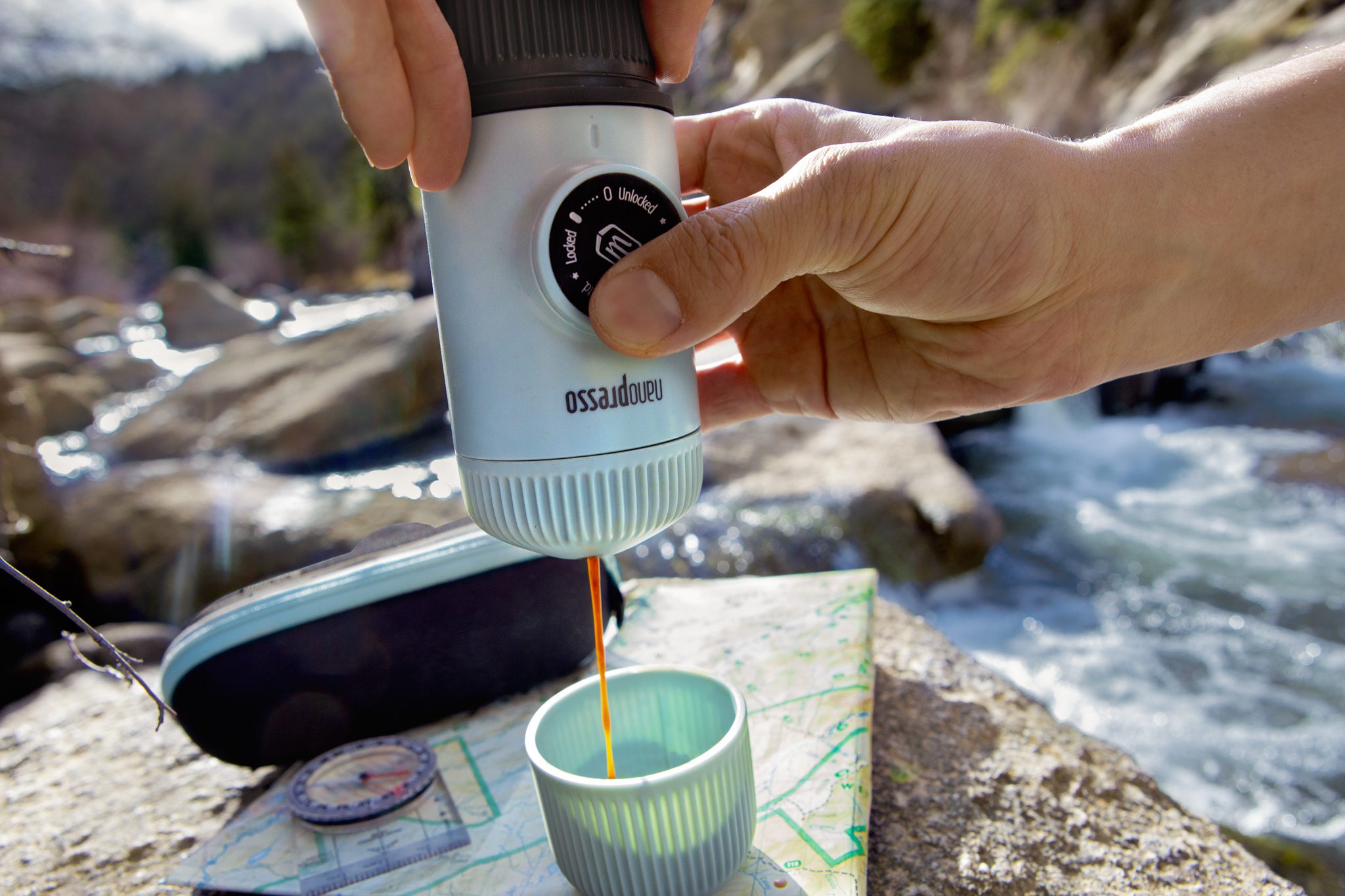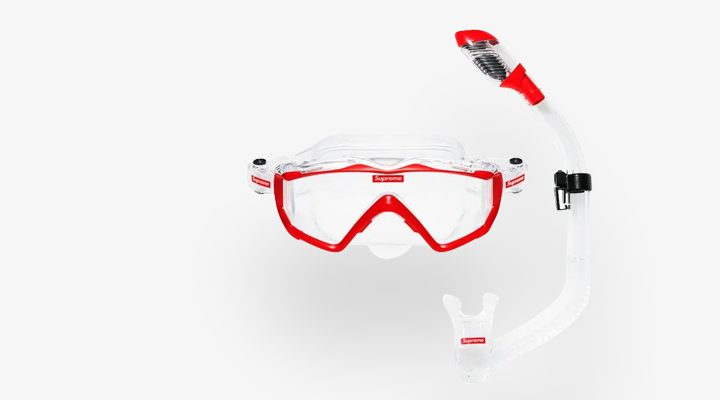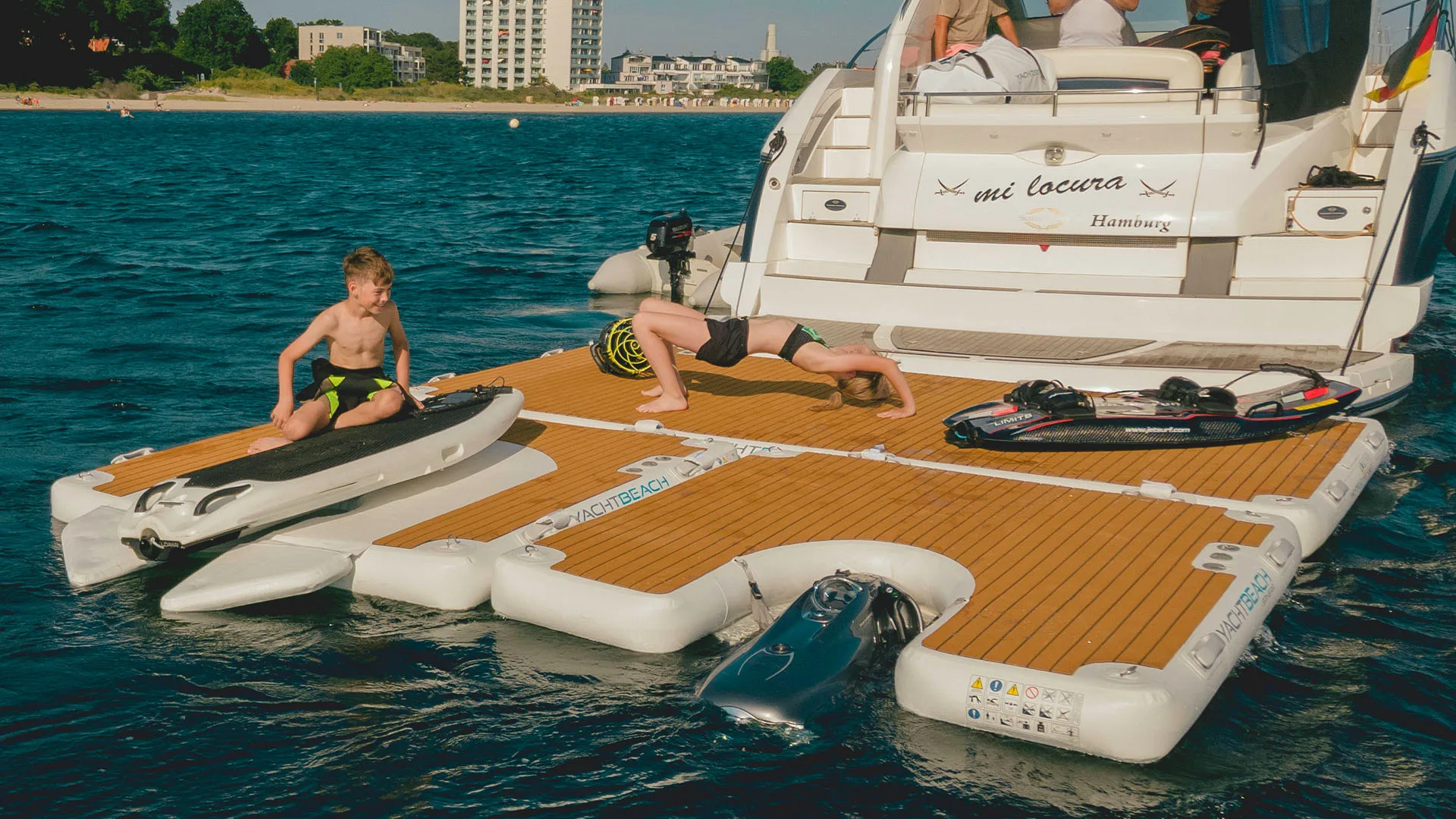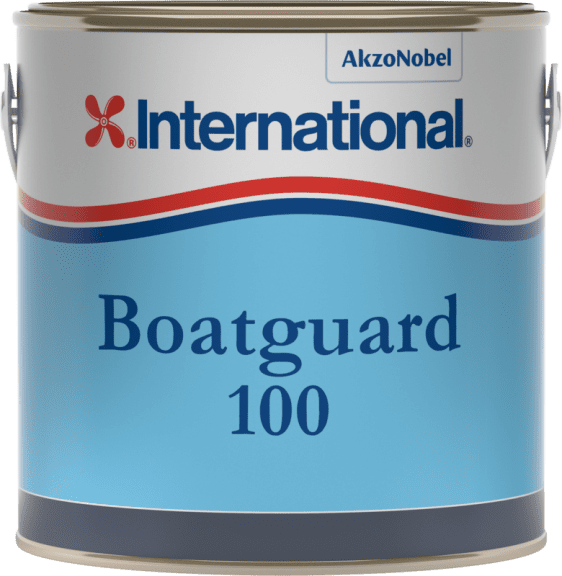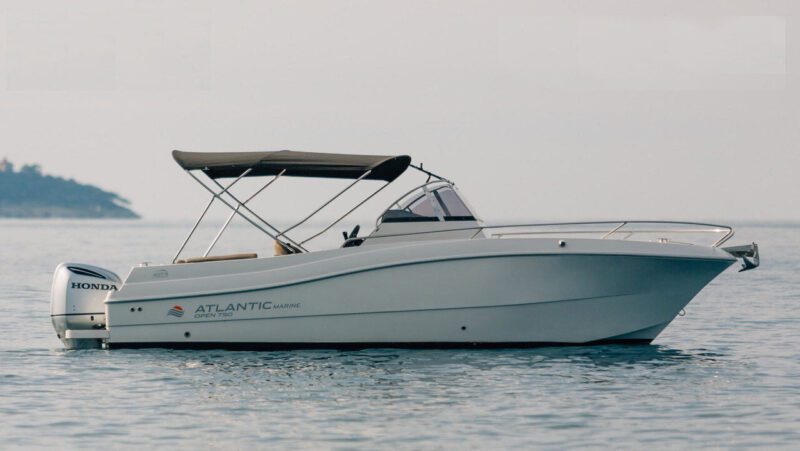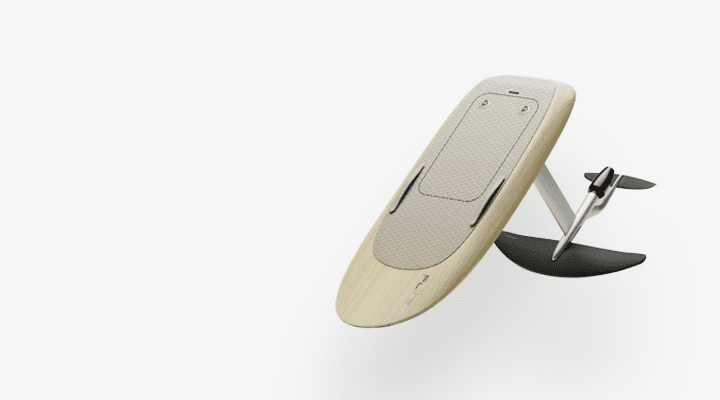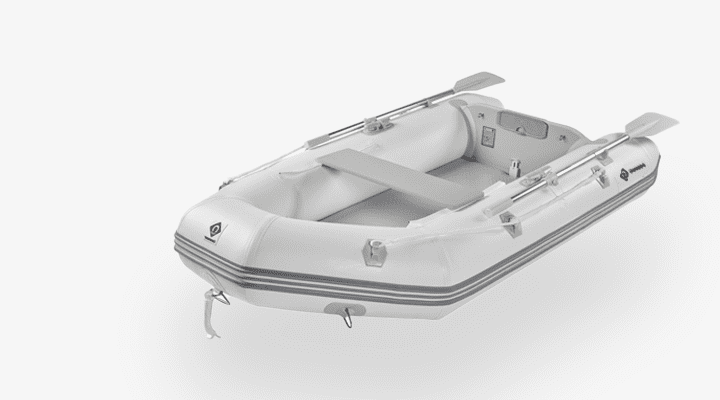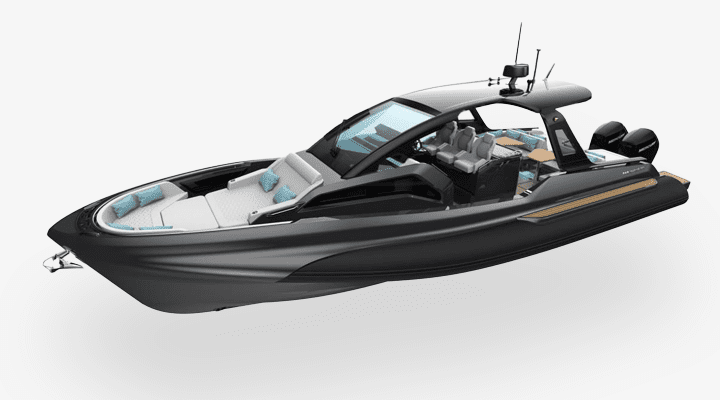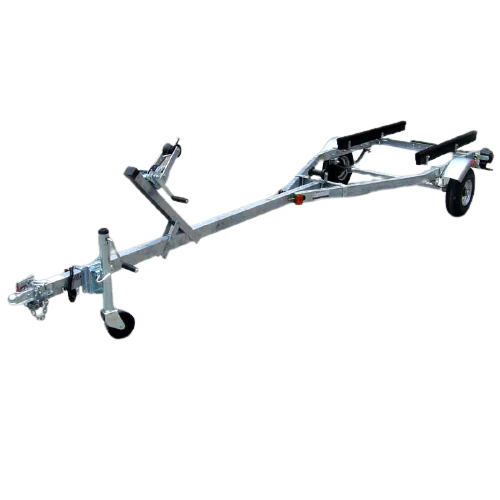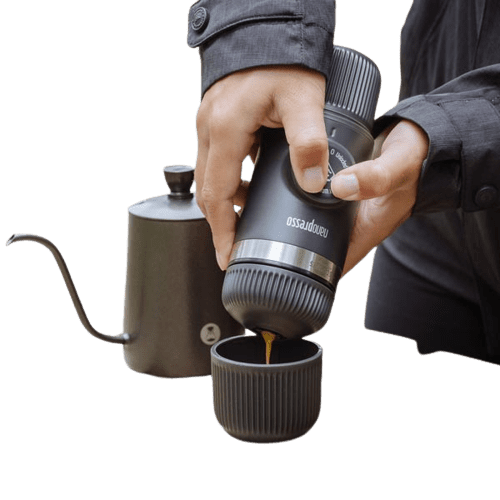After over 40 years of kayaking in Malta we still regularly get caught up in the discussion especially with newbies on the advantages and disadvantages of skeg vs rudder or vice versa.
First of all a rudder or skeg is designed to aid in the steering of a kayak thereby minimizing the need to making continual correcting strokes that can cause fatigue and perhaps discomfort. There are however some key differences between the two.

So which one is best?
Brian Day from Paddling Magazine comes up with some clearly articulated arguments in favor of the skeg. He states that rudders are clearly helpful to beginners who are just getting the hang of paddling, but goes on to explain why rudders are a poor choice in a versatile sea kayak paddled in a full range of ocean conditions, from surf to tide races.
Rudders have one big problem (and some small ones) you just can’t get around. The real problem with rudders is trim (it is either up or down).
He goes on to explain (story adapted to Malta!): Imagine yourself kayaking off the shore of Armier. Olive trees (!) sway in the breeze and a steady wind pushes your boat toward the rocks. You start paddling forward, steering a course toward Comino… and your kayak begins turning into the wind.
What the heck is going on? It’s simple. If the wind blows you sideways, you’re going to drift sideways. If you start paddling forward, the bow of your kayak gets stuck in the water and the stern keeps on drifting sideways as the kayak will naturally want to turn into the wind. This is known as Wind-cocking (Figure A– no skeg deployed. Bow anchored into the sea due to forward movement but stern not anchored).
Now, if you are in a kayak with a skeg, you’ll want to slide that skeg down a little bit at a time until you can point at Comino again. That skeg mechanically changes the bow-to-stern trim of your kayak. In essence, it makes the stern sit deeper in the water and locks it in place, so it can’t skid out. (Figure B- Skeg partially deployed to counterbalance the bow anchoring and wind-cocking)

Here you are now, happily paddling along, pointed just where you want to go, skeg in perfect position. Great. What happens if you decide to push the skeg all the way down? Trouble. Why? Because if you put that skeg all the way down, your kayak will start to turn away from the wind. The trim will be too far toward the stern. You’ll start heading for certain destruction on the rocks of Comino! (Figure C – Skeg Fully deployed so no longer balancing the bow anchoring but creating even more drag so not allowing the kayak to turn from the stern)
With the skeg fully down you thrash away on the downwind side of the boat, desperately trying to claw off the fatal lee shore. To no avail. Slowly, inexorably, your bow points toward the pointy rocks. Your mind is filled with visions of smashed plastic or. Yikes. Better pull up the skeg a little bit. Wind-cocking fixed!
Now with a rudder you just can’t do that! They are either deployed or not deployed. This will mean leaning heavily on one foot pedal as you continuously attempt to steer in the correct direction. This will reduce the power you can deliver to the stroke cause by uneven leg bracing.
This brings us to another point mentioned frequently in favor of skegs, being that the solid foot pedal in kayaks with a skeg stay in place and support your feet and legs better. Since the foot pedal with rudder-equipped kayaks moves, even if only at the top, the foot support is not as strong and for some this is the biggest compromise of rudders.
In conclusion
Since rudders and skegs are really only useful for tracking over long distances, you generally don’t find them on shorter recreational kayaks, especially sit on top models. It is however important to look at the hull of the recreational kayaks, as round hulls will be particularly prone to wind-cocking in the wind and beginners or weekend kayakers may want to take note.
Over the last few years top kayak manufactures have recognized the growing popularity of skegs, and one can now find more and more mid-length models (11-13feet/ XM-YM) on the market with built-in adjustable skegs. These kayaks are generally called Hybrid Kayaks, as although shorter than touring kayaks they can track well over longer distances. Models with built in skegs will be costlier than those without- but this is usually one of the best investments you can make and will allow you to take your kayaking to the next level.
The key take out from the above is that rudders are very easy for beginners to understand and use but more experienced kayakers may not want to use them for the two reasons mentioned above (wind-cocking and solid foot bracing). Rudders just don’t do a good job at balancing a versatile kayak in the wind in a broad range of conditions.
There is still a place for rudders. They work great on both tandem kayaks and on specialized kayaks intended to be paddled with the rudder in the water at all times like surfskis and racing kayaks. If you have both a skeg and rudder on a touring kayak the rudder can be a great way of getting used to your kayak as a relative beginner following which you can transition to using only the skeg.
As the saying goes: ‘If you want to explore the sea in all its manifold dimensions whilst touring, stick with a skeg, and avoid rudders’.


